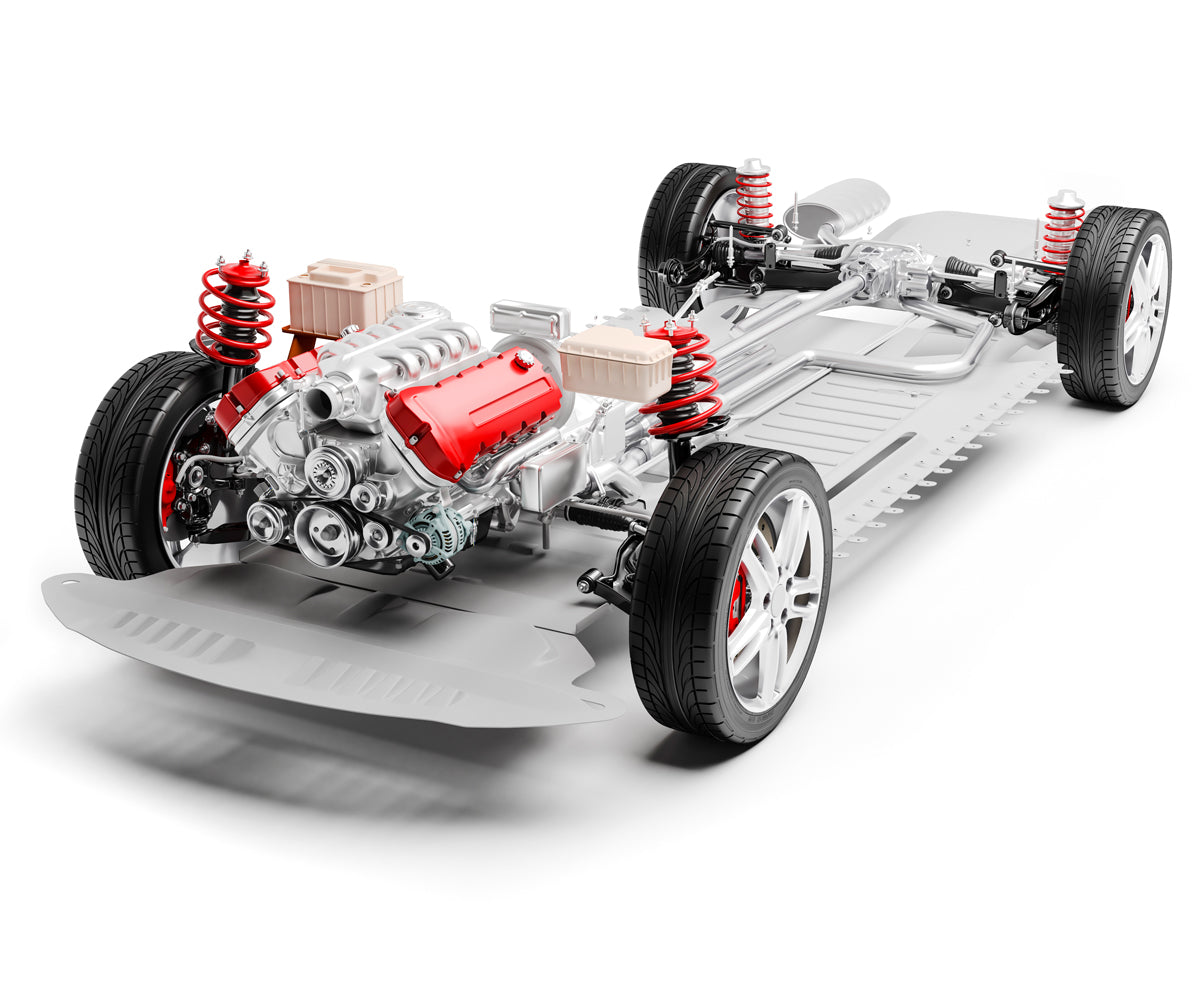Summary
An Indian manufacturer of utility vehicles uses inductive sensing to identify the model of each chassis as it is received in the body shop, before any further processing takes place.
Customer Values
- Cost saving due to reduced downtime caused by sensor damage and replacement
- Reliable switching for increased process security
Specific Product Advantages
- Mechanically rugged sensor
- All metal housing including sensing face
- Long sensing range
- Factor 1: identical operating distances on steel and aluminum
Customer Application
The customer manufactures a wide range of utility vehicles requiring different chassis types. As each chassis arrives at the body shop, operators use pulleys and clamps to lift it onto the line. Since the same body shop handles more than one chassis type, reliable confirmation is required before any work takes place. The customer therefore wants identification to take place as soon as the metal chassis is clamped into the lift at the reception point. There are two variations of the chassis. Identifying them confirms that the model corresponds to the operator's production order.
Since the process involves the movement of large metal parts, the sensor used for identification should be rugged enough to withstand heavy impacts. The loading process is performed manually by an operator, so movements and positions are imprecise, while mechanical shocks to the sensor can be expected. A long sensing distance is required.
Customer Solution
The DW-AS-703-M30-002 inductive sensor is ideal for this application. As a Series 700 sensor, it is characterized by long operating distances (20 mm in this case) with factor 1 on both steel and aluminum. Condet detection technology protects it from many undesirable environmental and material influences. It has an all-metal, stainless steel housing, sensing face included, which makes it much more resistant to mechanical stresses than conventional sensors.
The sensor selected detects the presence or absence of a metal part that identifies the chassis type. If the wrong chassis is identified for the current stack, an alarm is generated to warn the operator.
